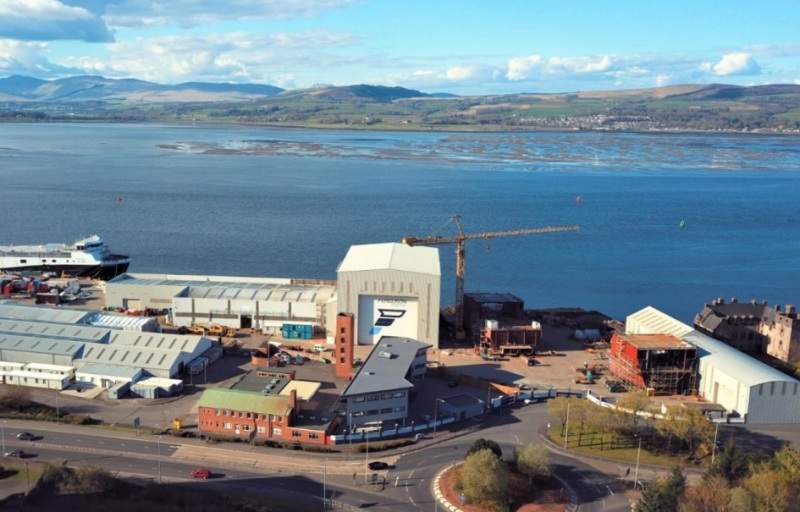
A consortium led by Scotland-based shipyard Ferguson Marine Engineering has secured funding from the European Union (EU) to develop the world’s first seagoing car and passenger ferry powered by hydrogen.
The €9.3m funding has been provided under the EU’s Horizon 2020 research and innovation programme and will be added to the project’s overall cost of around €12.6m.
Renewable electricity will be used to produce the vessel’s fuel as part of the project known as HySeas III.
The project’s initial objective is to build and prove the vessel’s modular drive train onshore, testing for stress and durability under conditions using real-world data from existing vessels.
The hydrogen-fuelled vessel will be built after completion of the test.
The vessel is scheduled to be deployed around Scotland’s Orkney region, which currently produces hydrogen from constrained renewable energy.
It will also feature technology developed by Denmark-based Ballard Power Systems Europe.
Ferguson Marine Engineering chief naval architect Chris Dunn said: “Over recent years, Ferguson Marine has been at the global forefront of green marine propulsion technology development.
“This exciting project is yet another positive step on that journey and puts us firmly on track to deliver the world’s first zero-emission, hydrogen fuel cell-powered commercial ROPAX ferry in 2020.”
The HySeas III project is jointly led by Ferguson Marine and the University of St Andrews, while it includes Orkney Islands Council, Kongsberg Maritime, Ballard Power Systems Europe, McPhy, DLR – German Aerospace Center, and Interferry as members.



